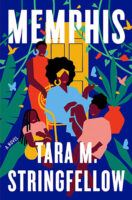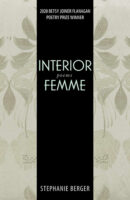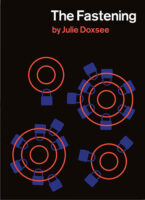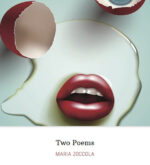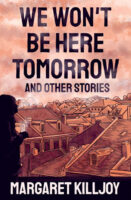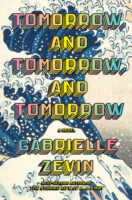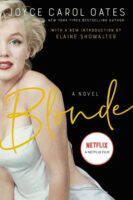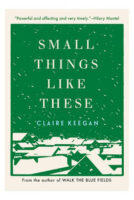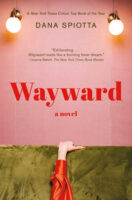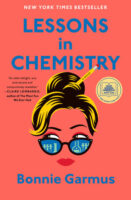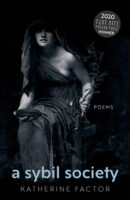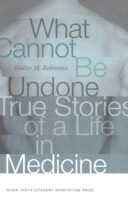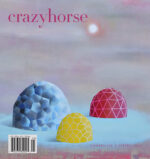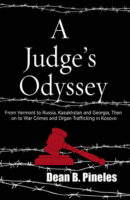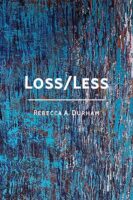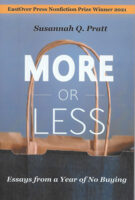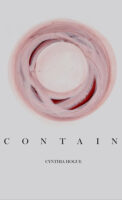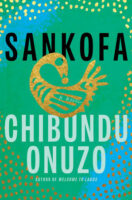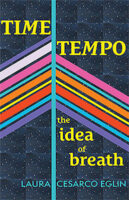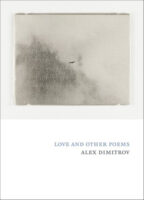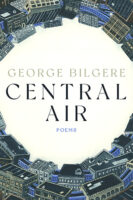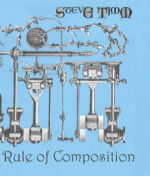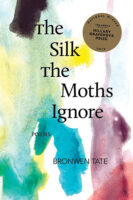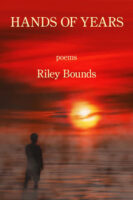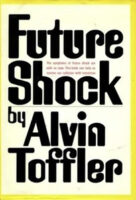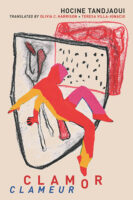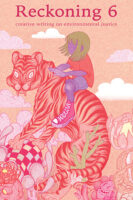
Guest Post by Jacob Taylor
The sixth issue of Reckoning: Creative Writing on Environmental Justice gathers the words of diverse writers from around the world as they grapple with the future of our planet. This collection of fiction, essays, and poetry tells unflinching stories of Earth’s recent past and speculates on its future in vivid detail. Brothers dive for rare silvery sludge in the submerged streets of Oakland; wildfires tear through dry forests while governors calculate how much the burning lumber is worth (not enough to put out the fires); teens turn into trees (they thought it was just a phase at first), and then mothers do too; another strange chemical leaks into our water supply (GenX); oil rigs rape Mother Earth, and she retaliates without apology; Orocobix battles island-eating machines, and a trash compacter engineered to clean up Earth while humanity evacuates decides to nurture a colony of rats instead. The complex worldbuilding throughout the speculative pieces is particularly engaging and provides a nice contrast to the pieces that evaluate Earth’s present state. Much of the writing draws clear inspiration from recent social movements and the COVID-19 pandemic, making this publication both relevant and relatable.
Reckoning: Creative Writing on Environmental Justice, Issue 6, 2022.
Reviewer bio: Jacob Taylor is a queer writer based in northern Utah, where they are currently completing an MA in creative writing at Utah State University.


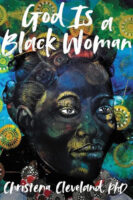
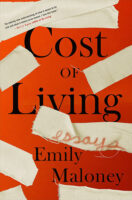
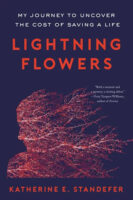
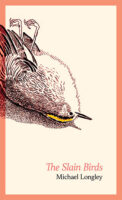
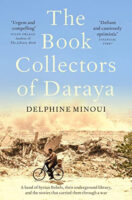
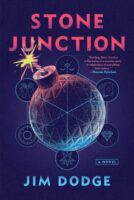
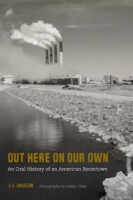
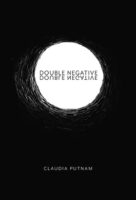
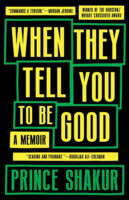
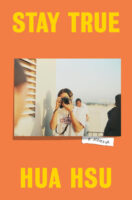
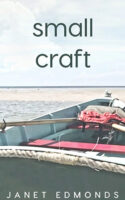
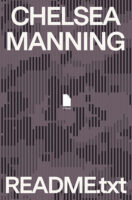
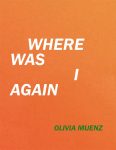
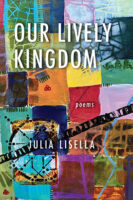
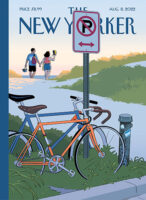
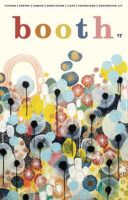
![Borracho [Very Drunk] Love Poems & Other Acts of Madness by Jesus Papoleto Melendez book cover image](https://www.newpages.com/wp-content/uploads/2022/10/Borracho-by-Jesus-Papoleto-Melendezcomes-135x200.jpg)


